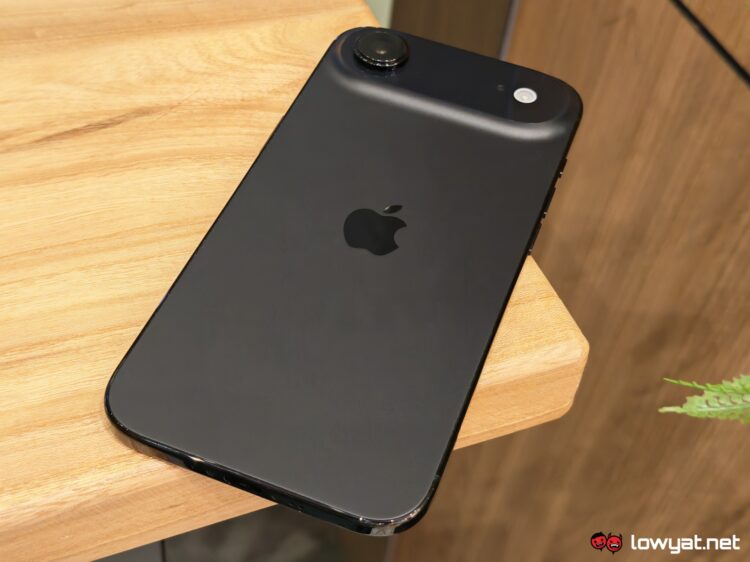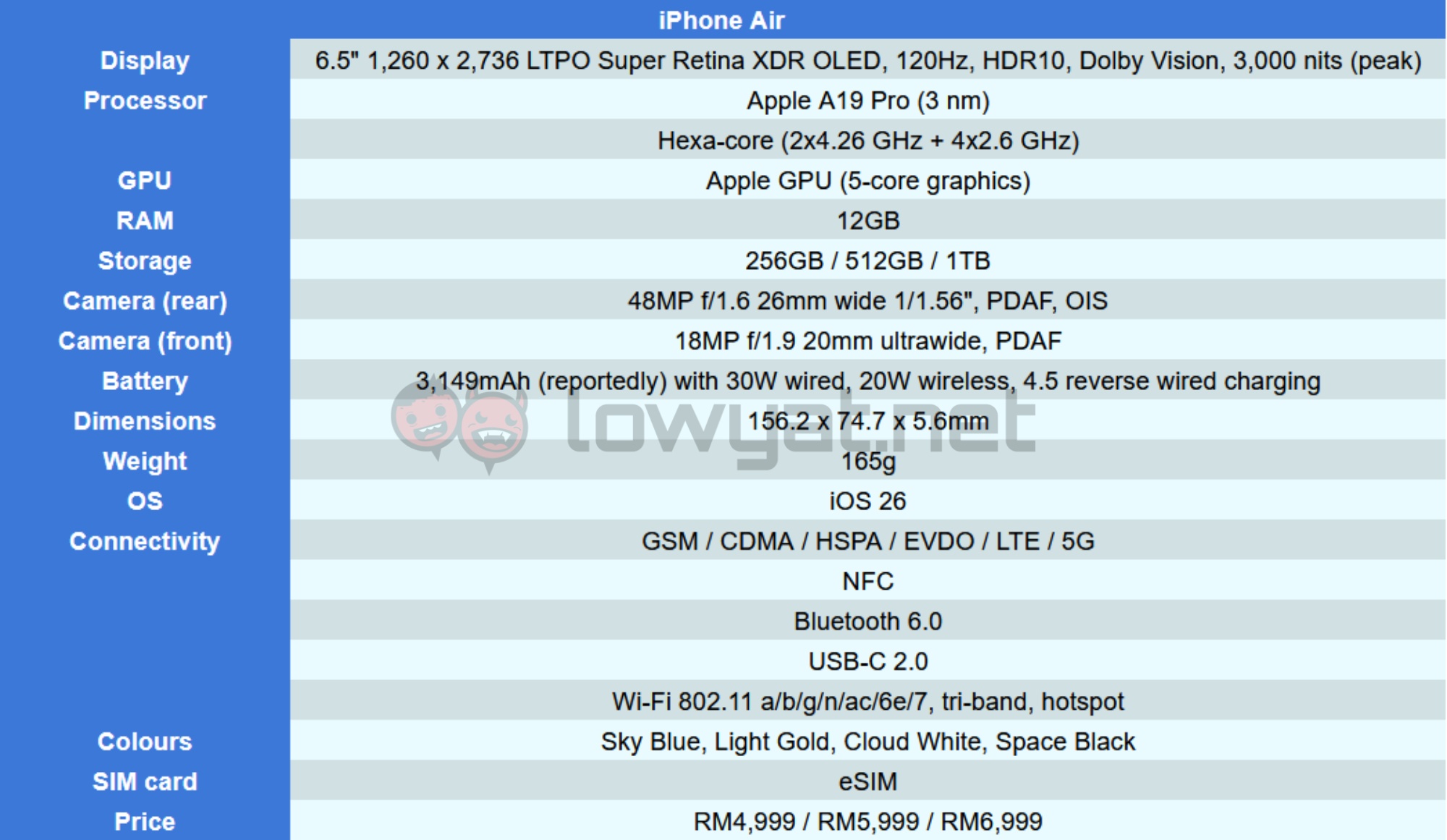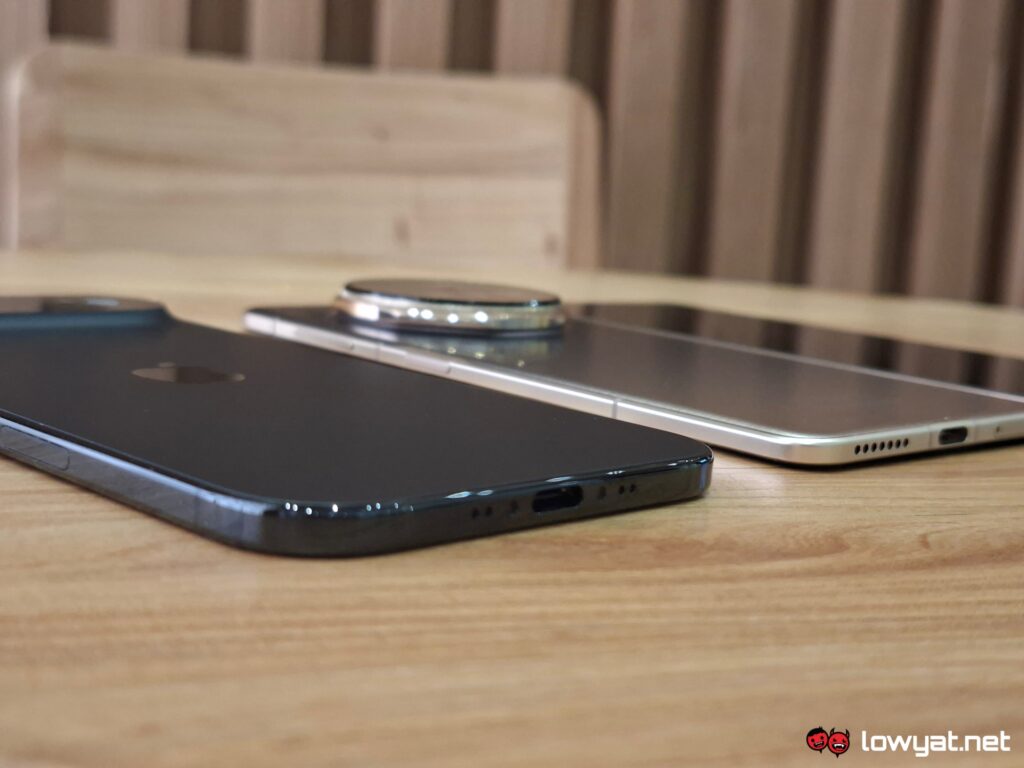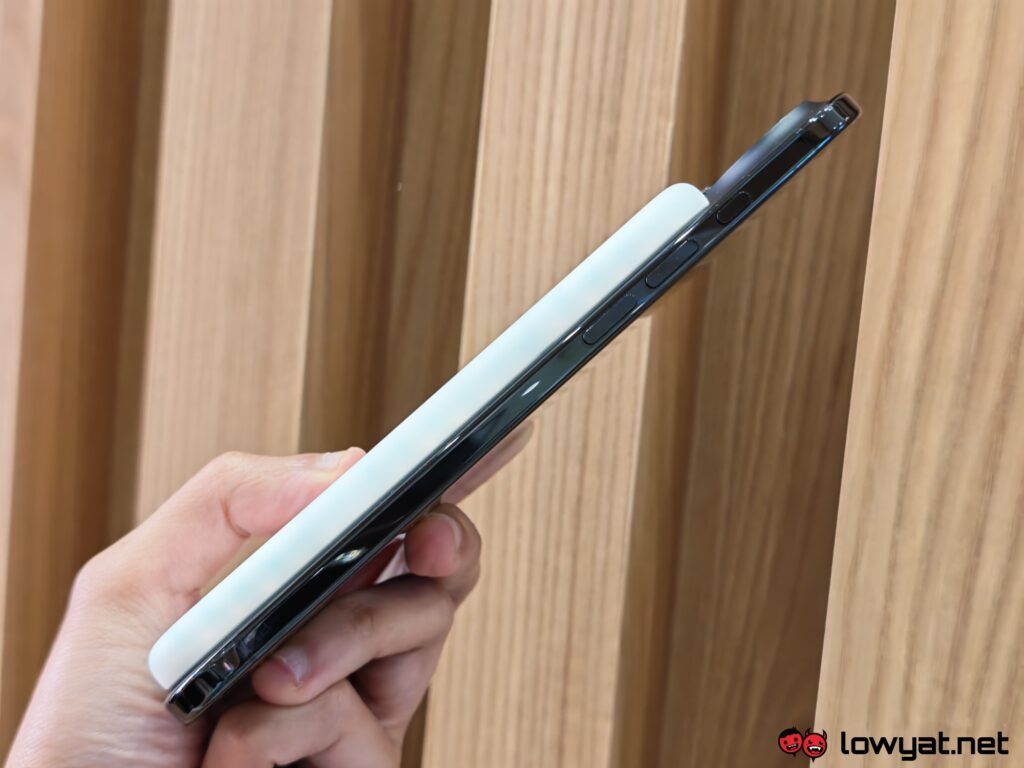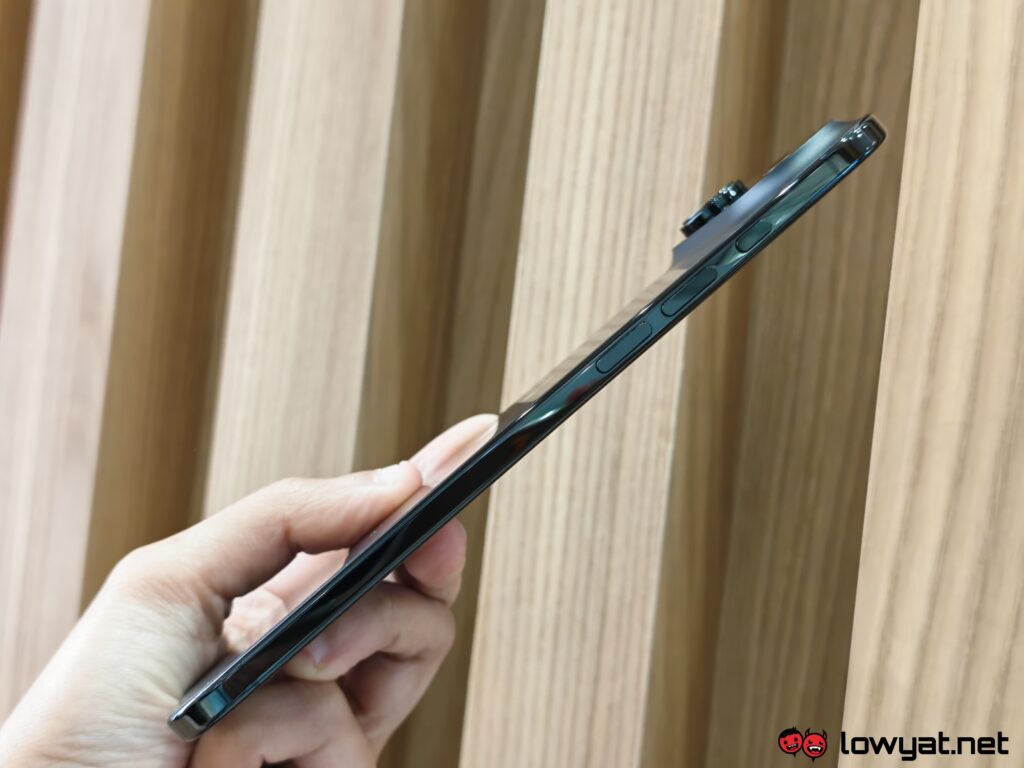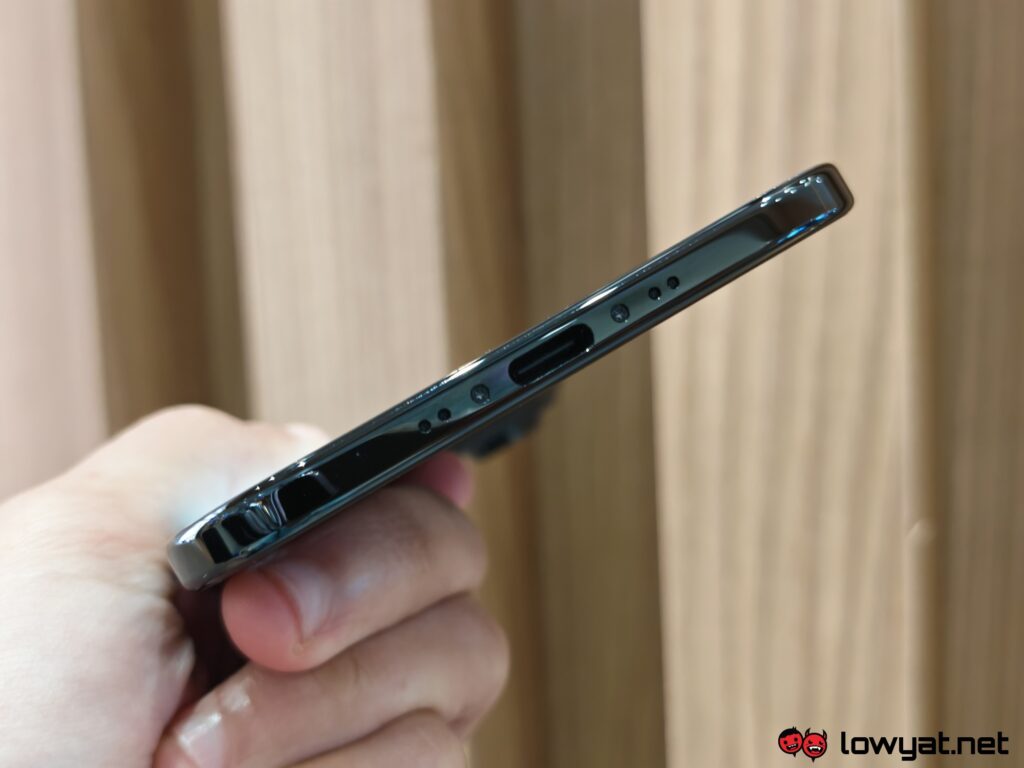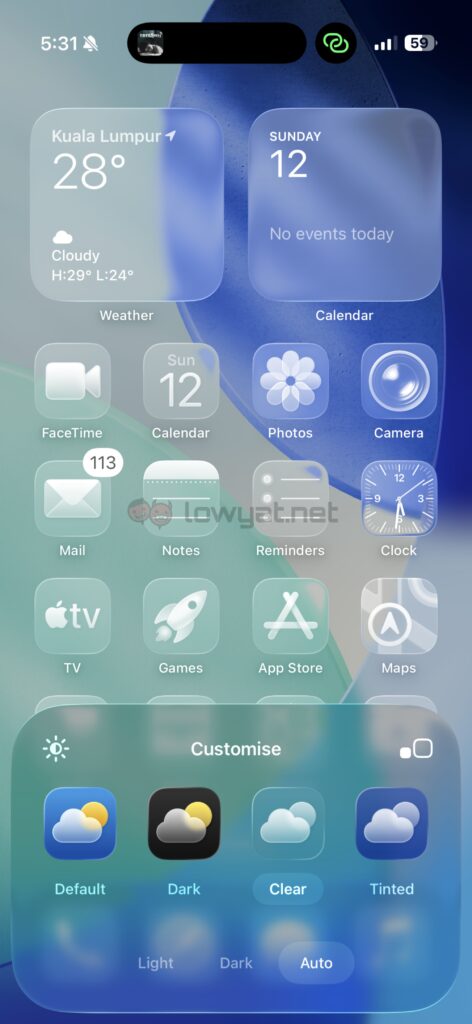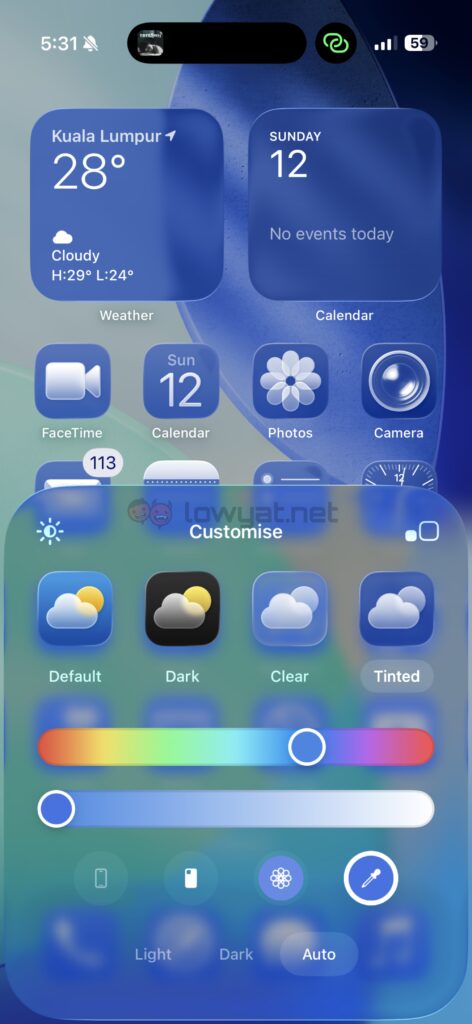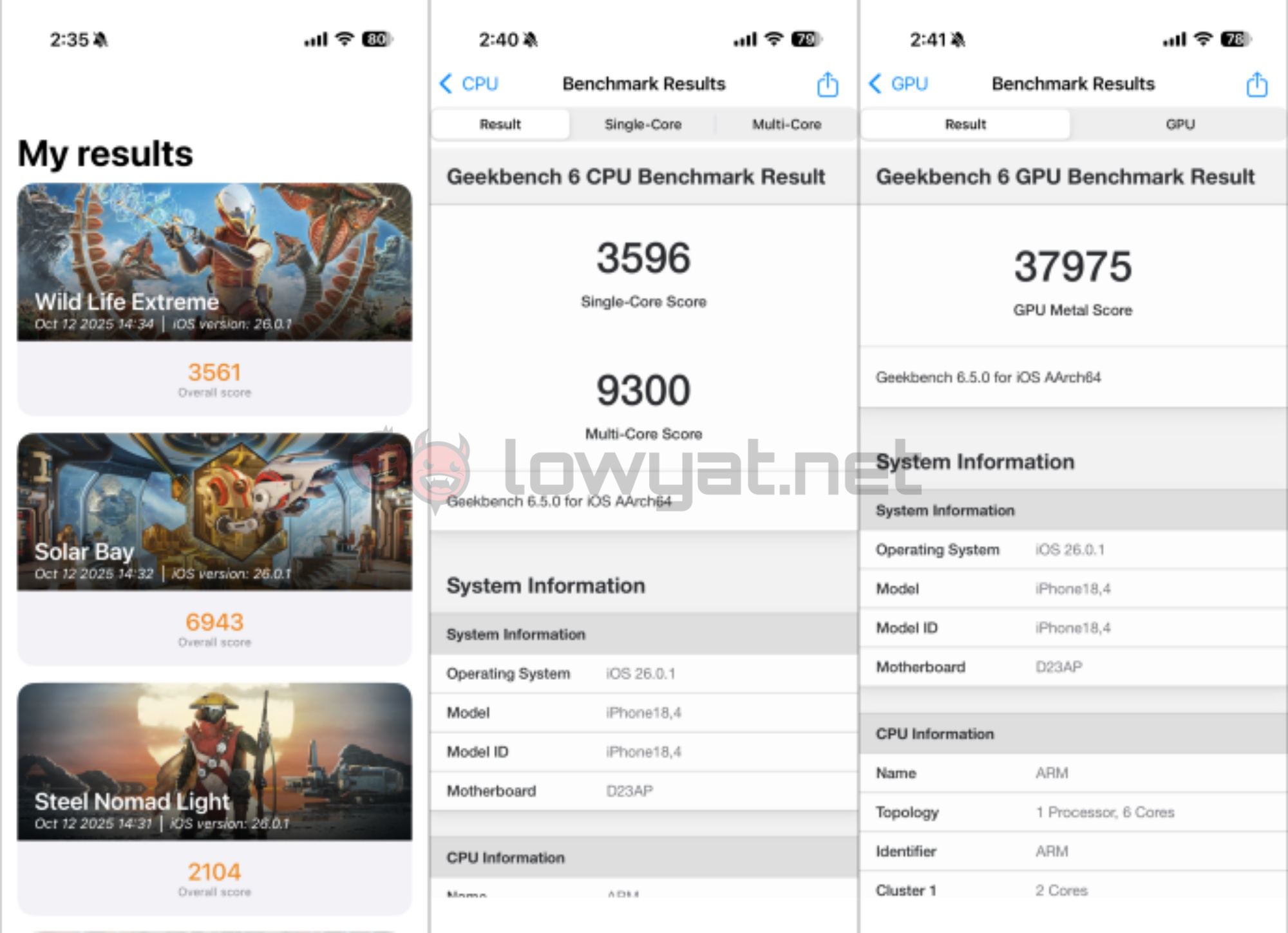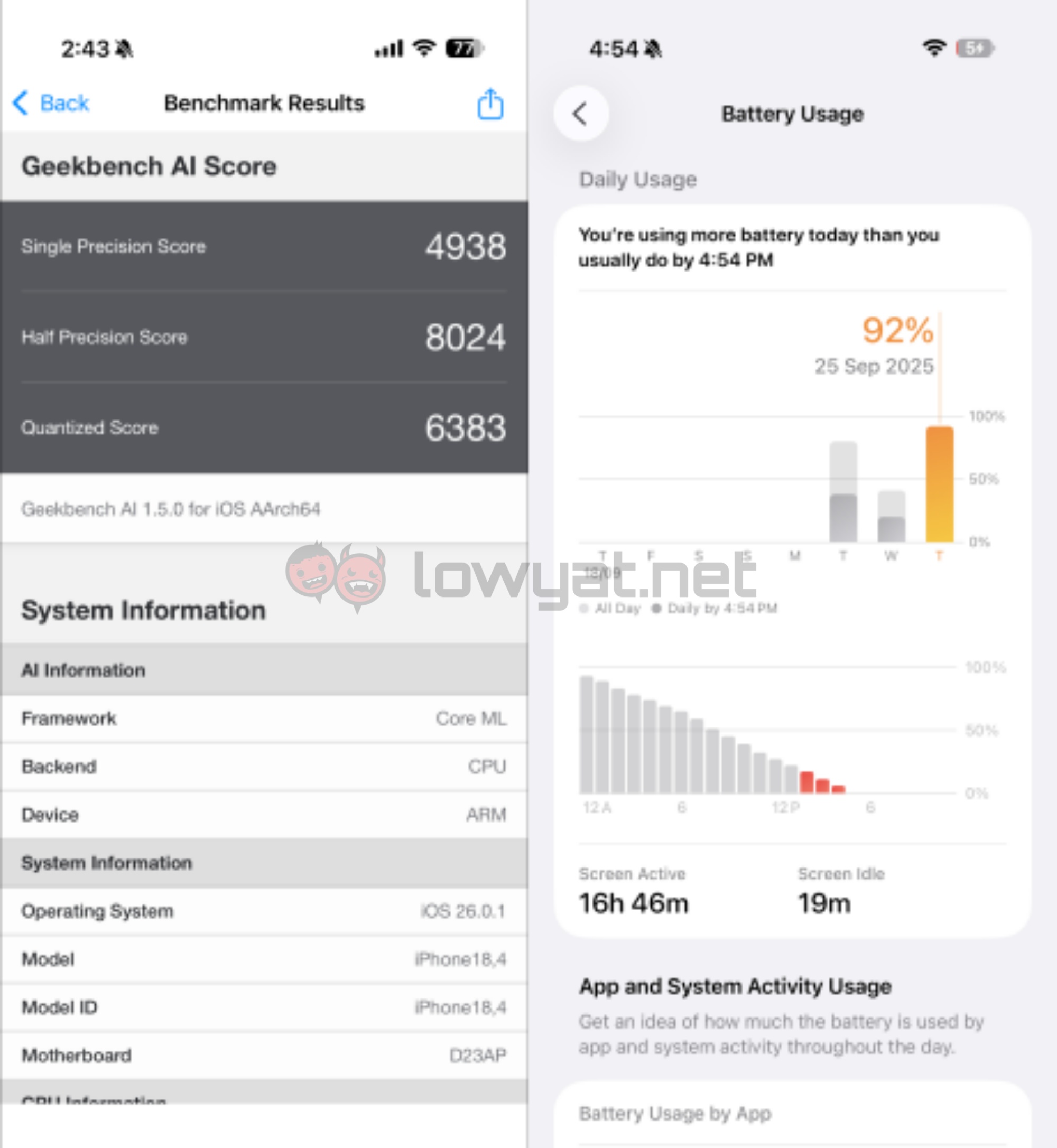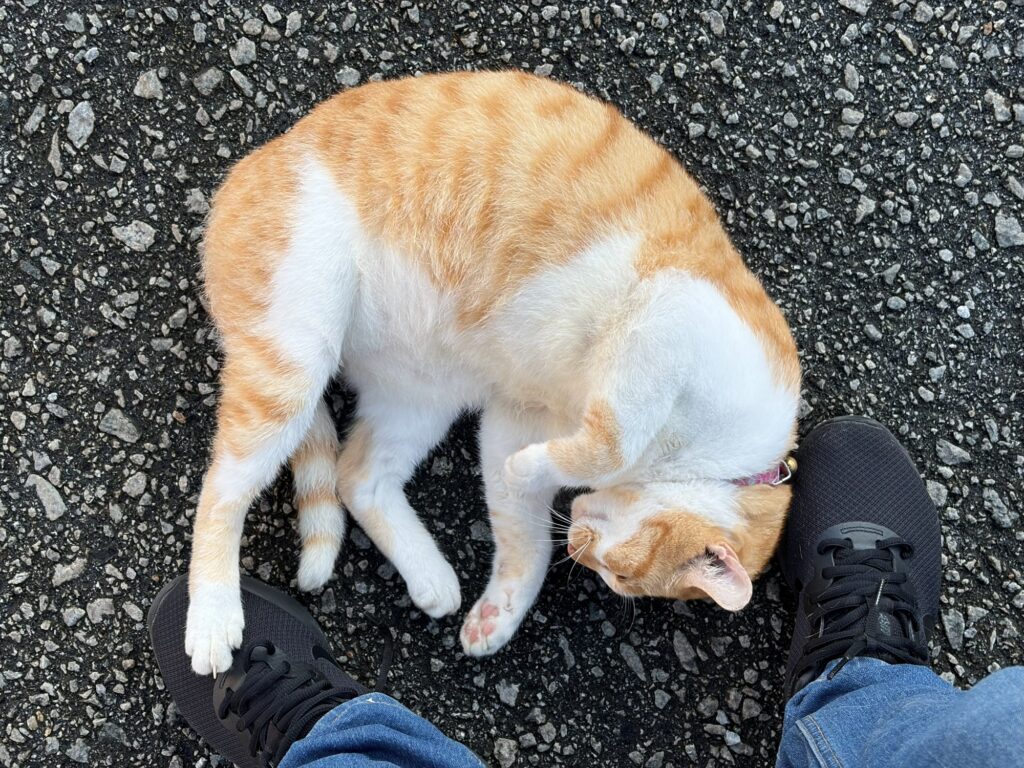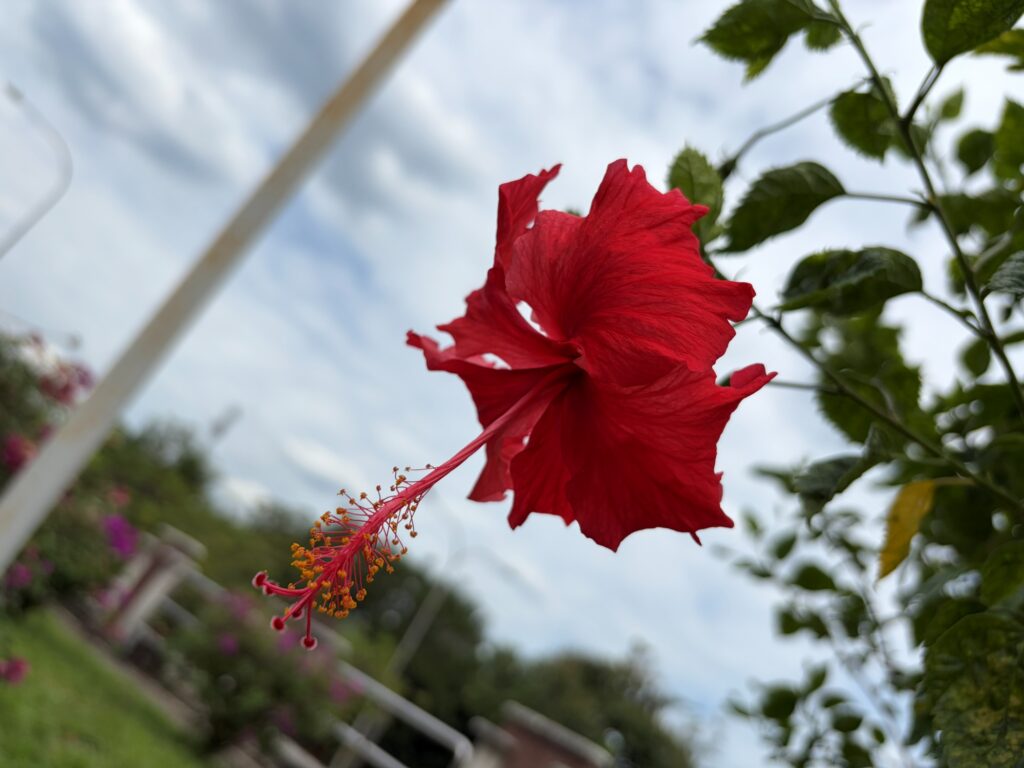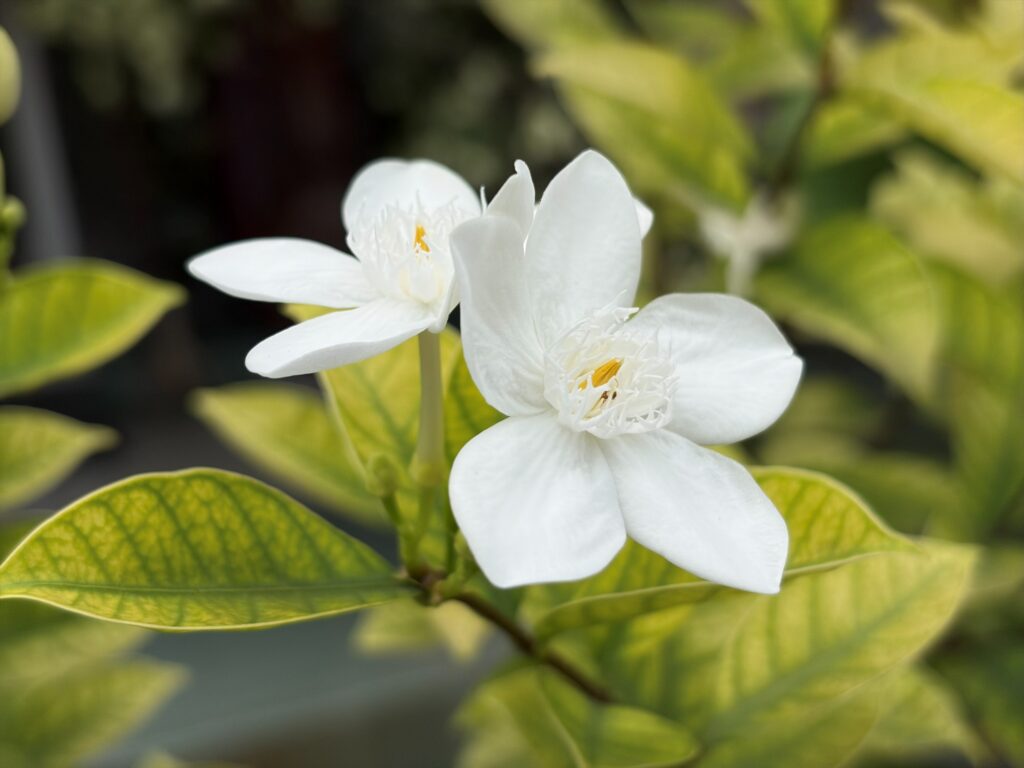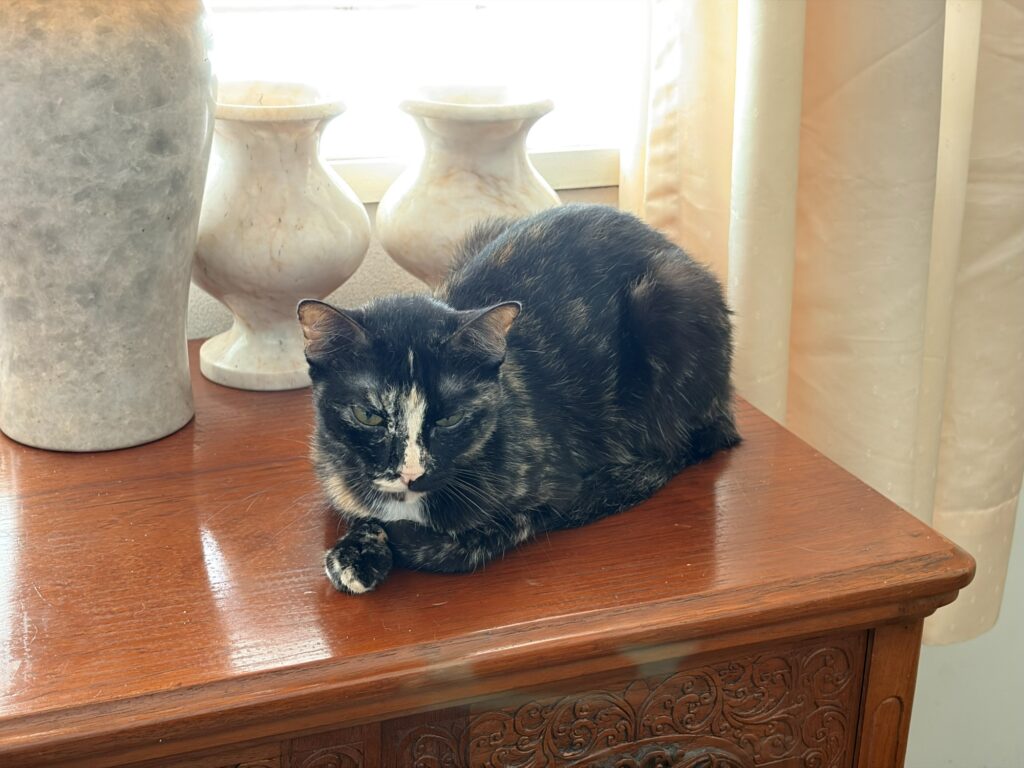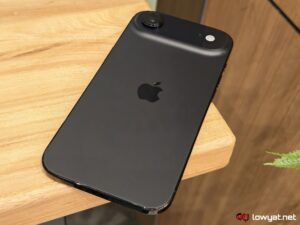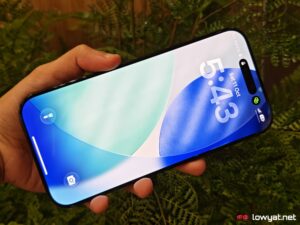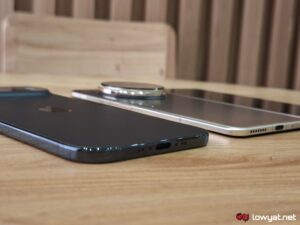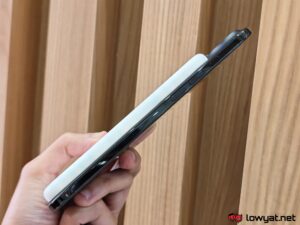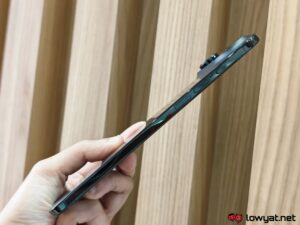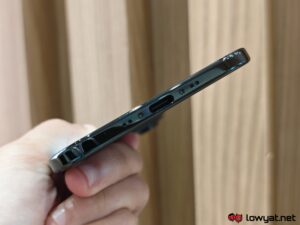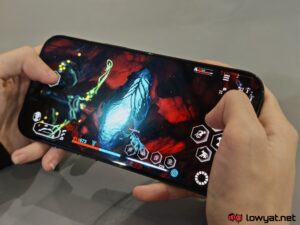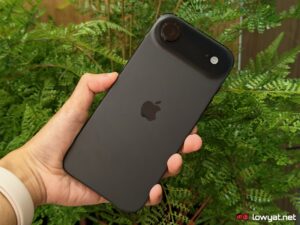Apple has shaken things up a bit with this year’s batch of smartphones, with the introduction of a brand new model. I’m, of course, referring to the iPhone Air. This super slim addition to the tech giant’s iPhone lineup was the subject of plenty of rumours ahead of its release. And now that it’s finally here, I’ve been tasked with the job of finding out if it’s worth all the hype.
It shouldn’t come as a surprise that Apple has made a few compromises to achieve the impressively thin form factor. These include the single camera sensor on the rear and the lack of a SIM tray, among a few other details. The real question here is whether these tradeoffs matter in the grand scheme of things.
Specifications
Looks and Functionality
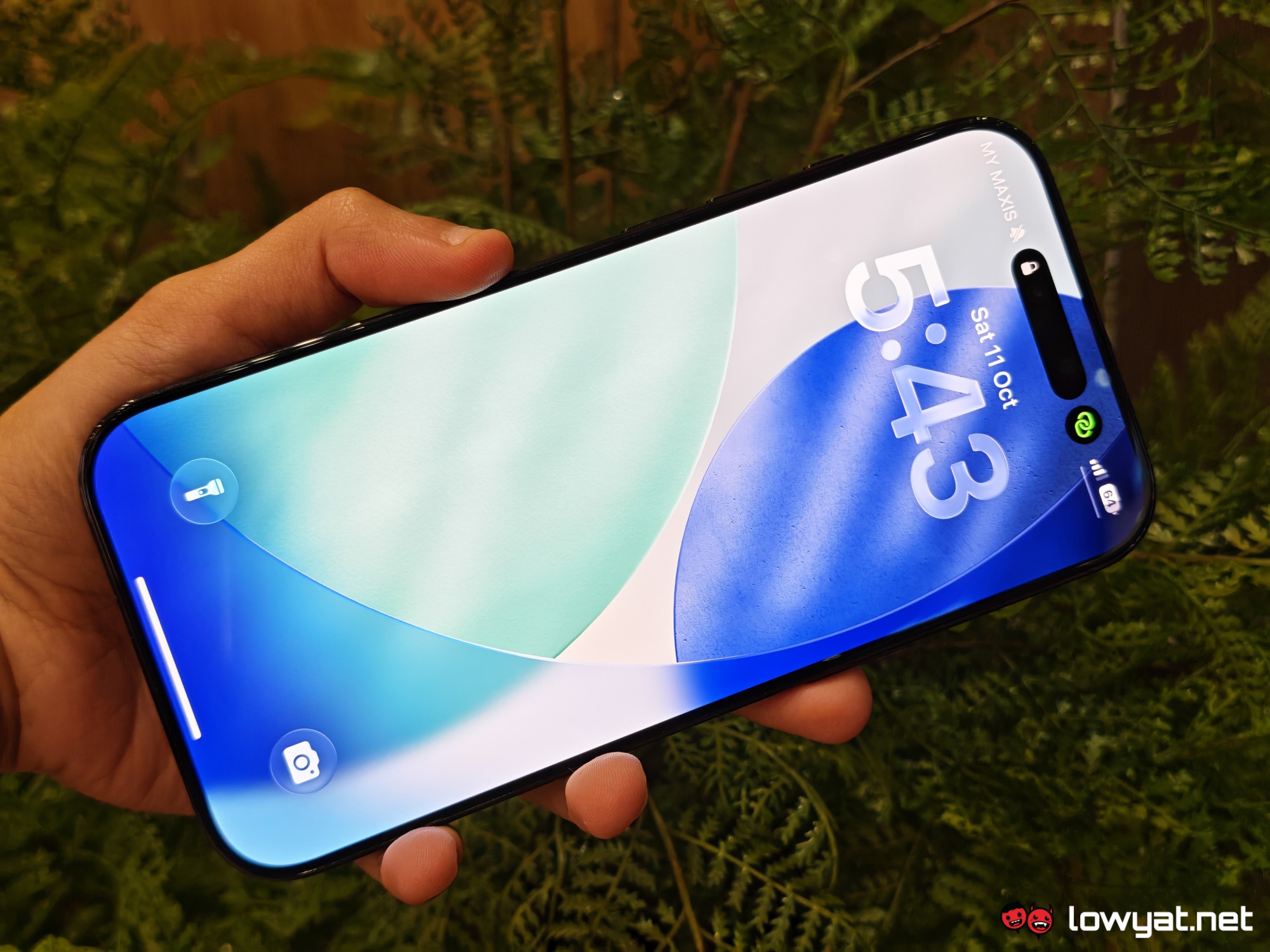 I’ve already covered my initial thoughts on the phone, but to sum it all up, it’s a deceptively durable device. As the only model in its batch to feature a titanium frame, it’s nowhere near as fragile as it looks and feels.
I’ve already covered my initial thoughts on the phone, but to sum it all up, it’s a deceptively durable device. As the only model in its batch to feature a titanium frame, it’s nowhere near as fragile as it looks and feels.
As far as handling goes, however, the thinness doesn’t make much of a difference compared to other smartphones. It does feel a touch strange at first, but you don’t really need to make any major adjustments to your grip when holding it.
And if you’re using a case, then it feels just like any other phone. That said, the slim build does mean that the device fits a bit better in your pocket – provided you’re not also using the MagSafe battery with it.
If you’ve been staunchly sticking with Android devices, there are a few things you’ll need to get used to. On the physical end, it’s the position of some of the buttons. You’ve got the volume controls on the left side, opposite the power button. The Camera Control and customisable Action Button from the previous generation also make a return on the Air.
On the software side, you get iOS 26. Starting out, it feels pretty strange, especially with the Liquid Glass visual update. That said, certain Android skins have been taking inspiration from Apple’s software, so there are some familiar elements.
Personally, I’m not a fan of the interface. The glassy effects are flashy for sure, but while it may look aesthetically pleasing, it can get pretty distracting to look at. That said, I do appreciate the ability to customise the look of the icons on your homepage. The clear and tinted styles fit well with the glass theme.
As I mentioned earlier, the thinness comes at a cost. One aspect I certainly find irksome is that it’s eSIM only. It makes setting up the phone a bit of a hassle, though I will admit this is only a one-time matter, and the distinction between an eSIM and an actual physical SIM card is inconsequential once you’ve got your phone set up and ready to go. At the end of the day, this does come down to personal preference.
Aside from that, the phone sports a single speaker at the top. So, it’s really unsurprising that it leans on the quieter side. Of course, if you’re using any audio accessories, then the single speaker is an inconsequential matter. I should note that I did experience some issues where my Bluetooth headphones kept disconnecting from the phone, though.
Performance and Battery
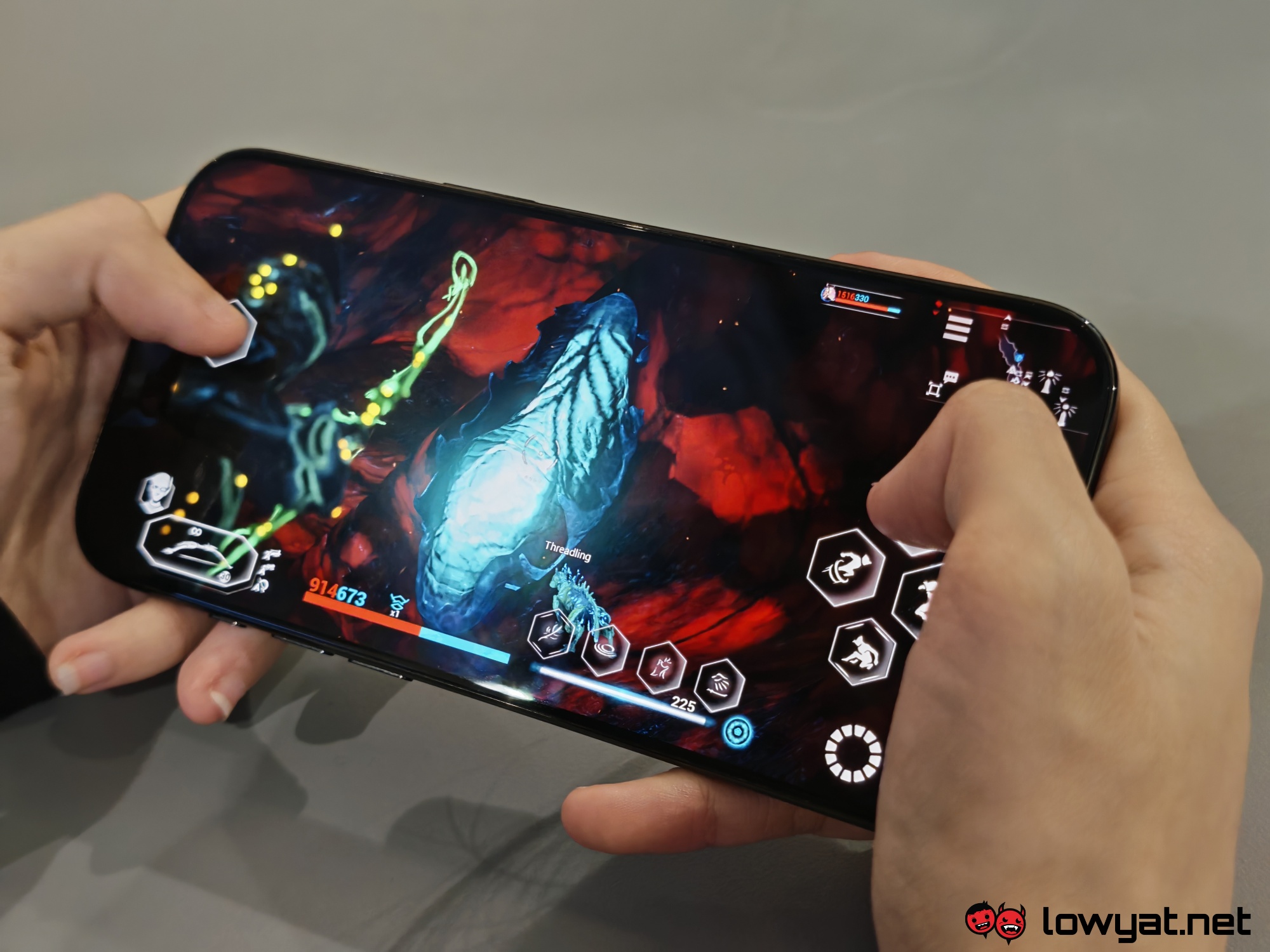 The iPhone Air packs the A19 Pro chip, but it’s not exactly the same as the one equipped on the iPhone 17 Pro and Pro Max. These beefier models feature a 6-core GPU, while the Air has a 5-core version. In theory, one can expect the phone to perform somewhere between the base iPhone 17 and the Pro variants. On its own, the device delivers some impressive results in terms of raw numbers.
The iPhone Air packs the A19 Pro chip, but it’s not exactly the same as the one equipped on the iPhone 17 Pro and Pro Max. These beefier models feature a 6-core GPU, while the Air has a 5-core version. In theory, one can expect the phone to perform somewhere between the base iPhone 17 and the Pro variants. On its own, the device delivers some impressive results in terms of raw numbers.
This does translate to a smooth day-to-day experience, regardless of whether you’re only using the phone for some casual doomscrolling or serious gaming. Speaking of the latter, it’s definitely a lag-free affair even with the graphics settings turned up to eleven. I did most of my testing with Warframe, and the game runs just as well on the phone as it would on PC. The iPhone Air handles areas like the Cambion Drift and Höllvania maps with ease.
It is worth mentioning that the device does get noticeably warm fairly quickly. However, it doesn’t get as hot as I expected it to, given the thin build. Moreover, most of the heat is concentrated at the top, where the camera bar is. Of course, gaming will also eat a lot of the phone’s battery, and the Air doesn’t come with much juice to begin with.
Apple does not provide an official number, but iPhones are not typically known for having massive batteries. This is especially true for this particular phone. Still, the iPhone Air does manage to keep up with other smartphones. Running the usual video streaming test, it tapped out after almost 17 hours.
As a daily driver, it can last at least a day on a single charge, with about 30% remaining after a moderate amount of doomscrolling. It’s on par with most of the Android phones that have found their way into my hands. The MagSafe battery will also net about another day of use.
That said, I do think the battery is a superfluous accessory. It does come in handy when you forget to charge the phone, but when you start the day with the Air fully charged, you won’t really need the battery. Plus, it ruins the aesthetic, which is arguably one of the Air’s most appealing aspects.
Camera
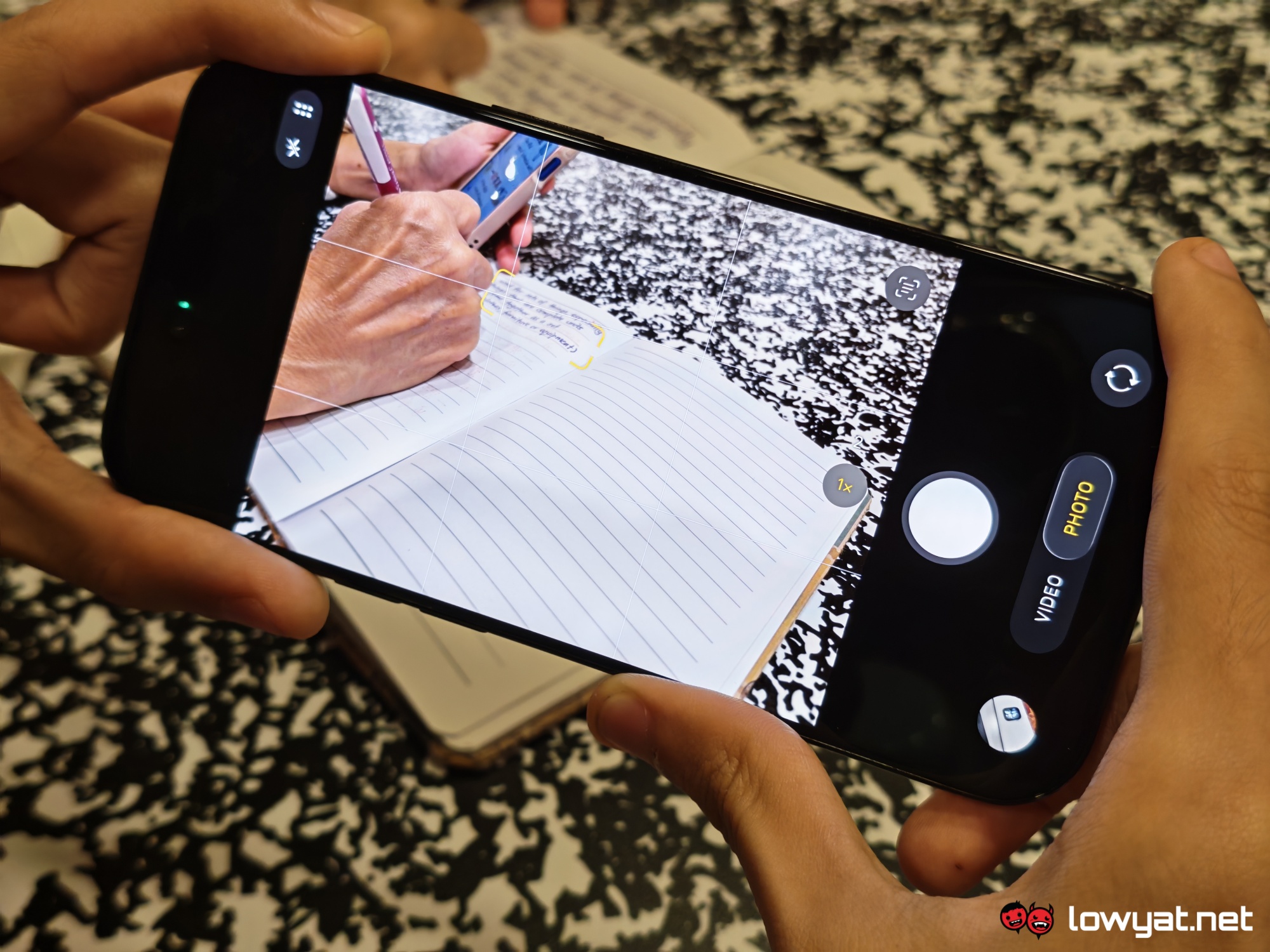 As mentioned earlier, the iPhone Air sports a single 48MP sensor in what Apple dubs a “Fusion camera system”. The company claims that this single shooter is equivalent to multiple advanced cameras. This lens is also marketed as having a 2x optical zoom, but what Apple really means is that’s about how far you can reliably zoom in without seeing an obvious drop in quality. Zooming out is, of course, out of the question.
As mentioned earlier, the iPhone Air sports a single 48MP sensor in what Apple dubs a “Fusion camera system”. The company claims that this single shooter is equivalent to multiple advanced cameras. This lens is also marketed as having a 2x optical zoom, but what Apple really means is that’s about how far you can reliably zoom in without seeing an obvious drop in quality. Zooming out is, of course, out of the question.
For what it’s worth, you do get decent images, and for most people, that’s good enough. The Air captures a fair bit of detail, and the colours turn out vibrant without being excessively bright. Though if you’re not a fan of how the hues look by default, you have the option to use the different styles available.
And to Apple’s credit, the camera doesn’t try to scrub all the imperfections on your face, so you’re not left with any uncanny valley experiences. This is true for the selfie snapper as well, which I can appreciate.
One thing I find absolutely puzzling about the camera app is how stripped-down the interface is. You can only adjust a few settings directly within the app itself, and if you want to access the grid or level, you will have to exit the camera and head into the main settings app instead. It’s an extra step that feels quite inconvenient.
Sample Images
Competition
Samsung Galaxy S25+
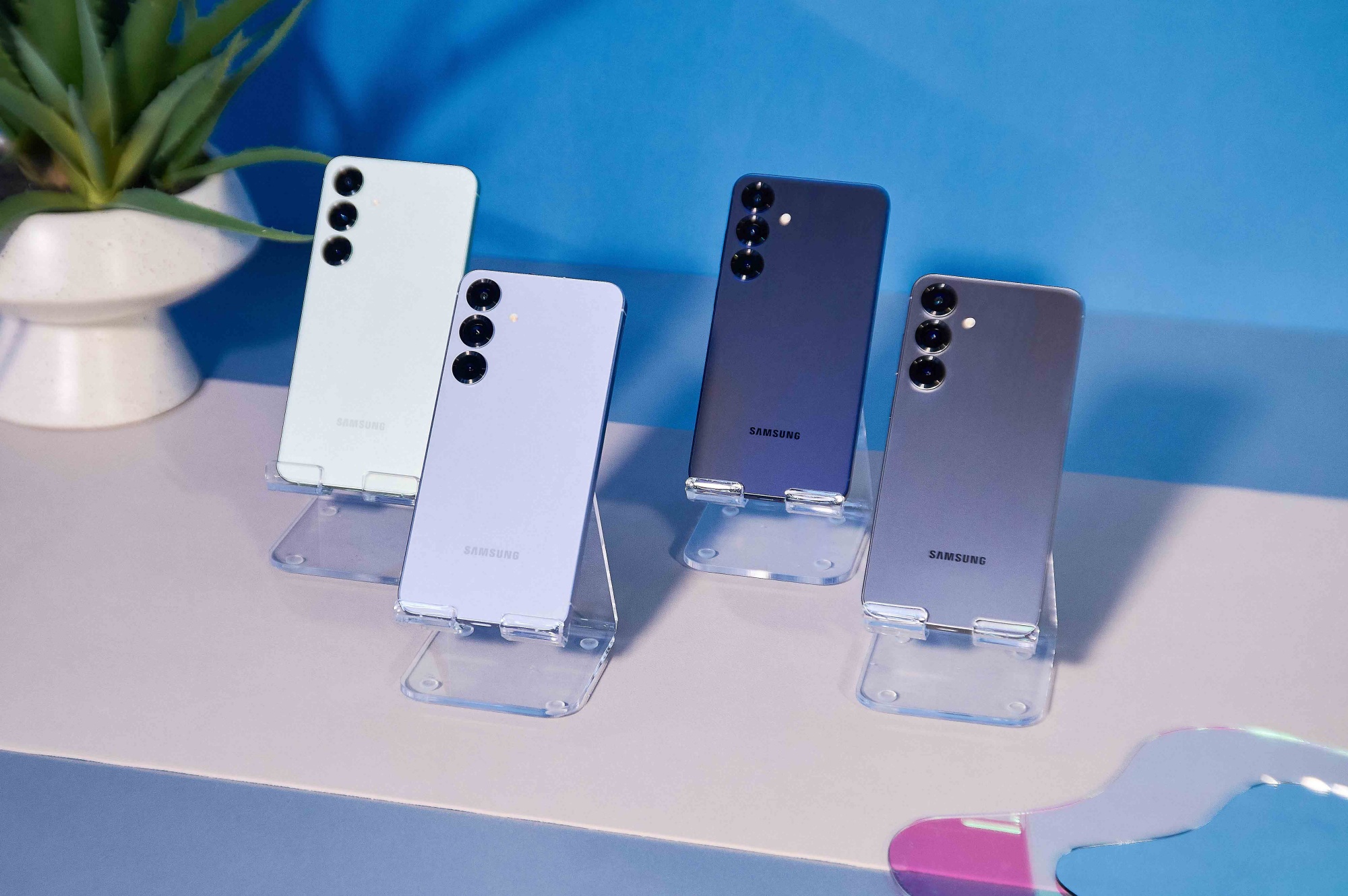
By right, the Samsung equivalent of the iPhone Air is the Galaxy S25 Edge. But since this super slim variant is not available on our shores, its bigger sibling will have to do. Dimensions notwithstanding, the Galaxy S25+ slots neatly between the base model and the souped up Ultra version in the Korean brand’s flagship lineup, with a starting price of RM4,999.
Specs-wise, it sports a 6.7-inch Dynamic AMOLED 2X display with a 120Hz refresh rate. For internals, it features a Qualcomm Snapdragon 8 Elite chipset, paired with 12GB of RAM and up to 512GB of storage. Additionally, it packs a 4,900mAh battery. On the optics end, it gets a triple setup comprising a 12MP ultrawide, a 50MP main, and a 10MP telephoto with 3x optical zoom. Meanwhile, the selfie shooter is a 12MP unit.
Conclusion
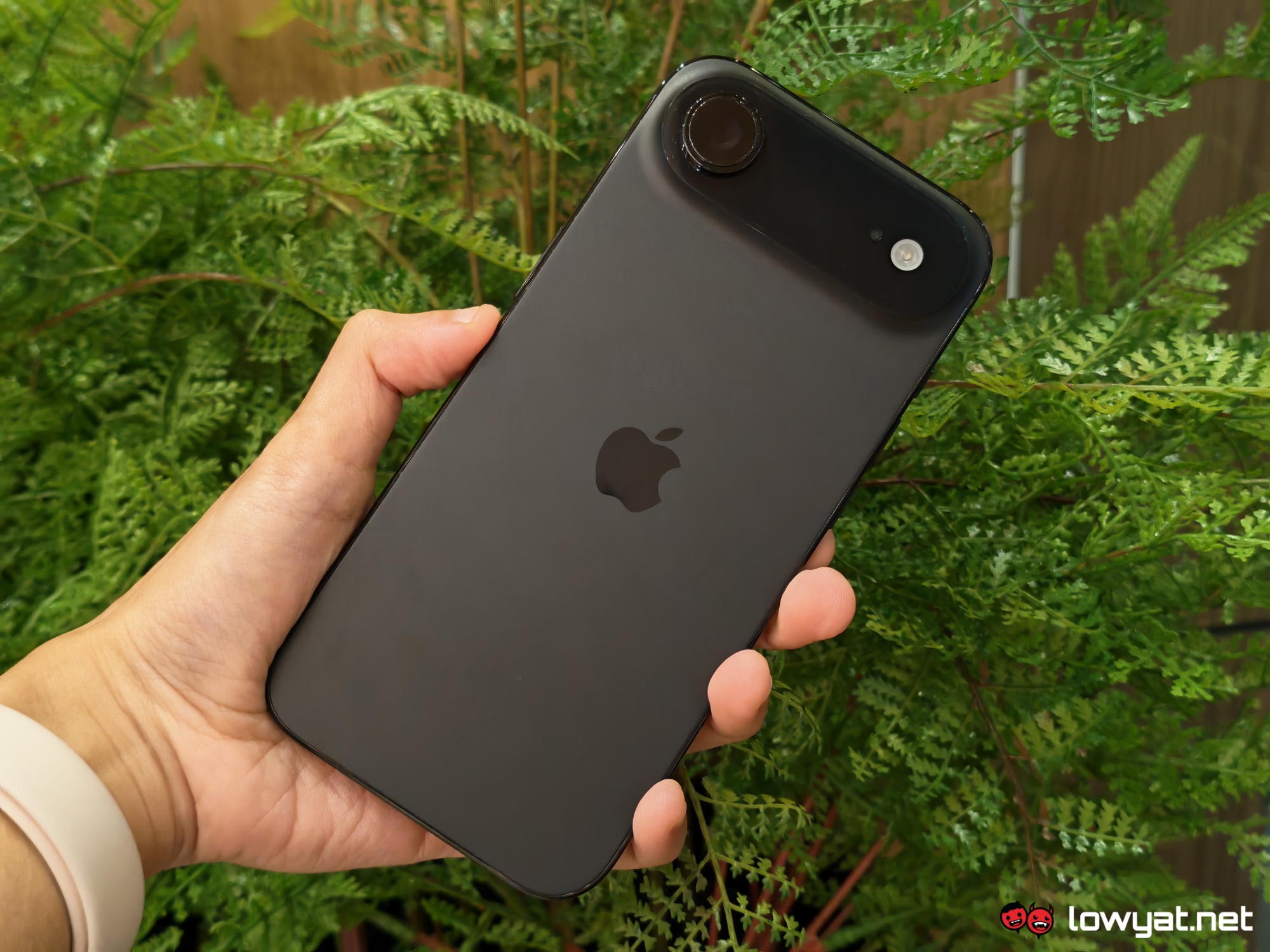 The iPhone Air is, in a sense, the odd middle child. Sandwiched between the base iPhone 17 and the Pro variants, it needs to stand out, or risk being overlooked. And it does stand out. As one of the slimmest slab phones available right now, there is almost nothing quite like it. At the same time, it does seem like Apple went all in on the physical aspect at the cost of features. While its price tag implies that the Air is an upgrade to the regular 17, it’s probably more like a sidegrade – one that has yet to find its niche.
The iPhone Air is, in a sense, the odd middle child. Sandwiched between the base iPhone 17 and the Pro variants, it needs to stand out, or risk being overlooked. And it does stand out. As one of the slimmest slab phones available right now, there is almost nothing quite like it. At the same time, it does seem like Apple went all in on the physical aspect at the cost of features. While its price tag implies that the Air is an upgrade to the regular 17, it’s probably more like a sidegrade – one that has yet to find its niche.
@lowyatnet Meet the iPhone Air. Despite launching alongside the iPhone 17 series, it is not itself a part of the series. It is the thinnest iPhone to date, and it also happens to be getting the most number of accessories made for it this year. iPhoneAir Apple ThinnestiPhone AppleMalaysia iPhoneAccessories
In the end, the Air feels a bit like an unfinished experiment. It’s a bit rough around the edges, which is charming in a person, less so in a phone. For now, its unique look makes it an attractive candidate. But once the novelty of a svelte body wears off, you might be left a little wanting.
Photography by Nurul Kamil.

